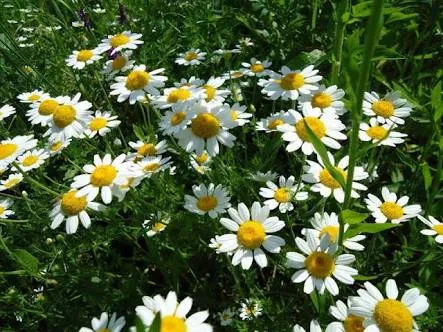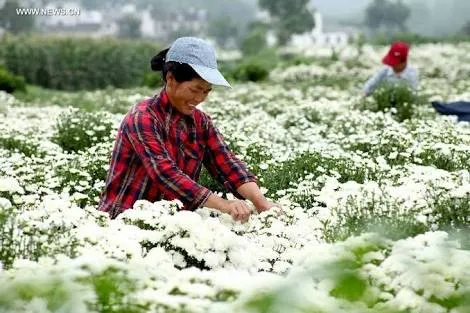This is a small perennial crop plant belonging to the family compositae Asteraceae which is grown for the pyrethrins contained in its achenes pyrethrins are the six intecticidal constituents extracted after the flowers have been dried. Pyrethrum is also the name of a contact insecticide manufactured from the extract. Pyrethrum insectcides continue to be in demand, despite their high price compared with synthetic insecticides. This is because of their low toxicity to mammals, allowing them to be used safely near humans and cattle. Pyrethrum insecticides are used in aerosols for house hold use because of their rapid paralytic action, as well as in mosquito coils, in grain storage and in dips for dried fish and meat, to protect them against beetle and blowfly infestations.
Chrysanthemums grows well in areas with a well distributed annual rainfall. However increased flower production in the following rainy season results from a short dry spell. This crop thrives in deep, fertile well-drained soils with good structure. As the chrysanthemums crop is harvested over a period of 3 years the soil becomes increasingly compressed from weeding and harvesting activities. In these circumstances, soils with poor structure are prone to reduced water infiltration, waterlogging and increased soil erosion.
Planting
The chrysanthemums crop is generally propagated by clone selection and vegetative propagation using splits. This is done in an effort to maintain high yields and a high pyrethrins content. The varieties used for propagation by seed in the past produced crops of great variability, especially in their pyrethrins content. As seed propagation is an easier method of propagation than the production of splits, research is presently being carried out in an effort to produce better high yielding varieties with a consistently high pyrethrins content in the flowers. For the first few weeks of plant growth in a nursery the soil should be kept moist, using water where possible. The provision of shade may be required in areas with how cloud cover. One essential but laborious task in the nursery is the removal of flower buds. This should be done as soon as they appear to encourage vegetable growth.
Pest and diseases that affect chrysanthemums
The onion thrip and thrips tabaci feeds on the flowers but does not cause a reduction in yields even at fairly high population densities. Root knot nematodes, can cause estensive damage to the root systems and can only be affectively controlled by introducing a crop rotation.
Harvesting
During the flowering season picking should be carried out every 2 weeks to ensure maximum pyrethrins levels in the harvested crop. Flower production commences four months after the planting of splits, and in the tropics continues for up to 10 months of the year in the presence of adequate moisture.

